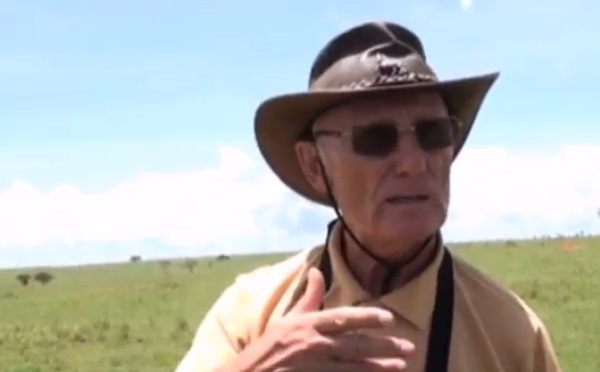Wildlife experts said radio collaring will help understand the behavior of animals; identify bitter and preference, monitor stress level and help authorities to manage poaching. "During this collaring, we are doing anticipation of the next st age poachers’ activity in the park.” This month 11 lions were poisoned at Queen Elizabeth National Park and this collaring is seen as a mechanism to protect animals suffering a similar fate. “Geofencing, we can have a detail fence around that community then if the lion crosses that then it can basically sound an alarm and then we know where it has crossed.” Said, Dr. Seifert Ludwig – Expert in Animal Collaring.
Three lions, three hyenas have been collared in the past three months by the Uganda Wildlife Authority. “Also clashing maybe at the boundaries of two territories; how they relate to the hyenas, how they relate to the leopards and of course the prey animals.” This activity is seen as a step towards blockading wildlife from staying into the human settlement to injure people and destroy property. “Trying to co-exist with these animals, this oil exploration is good even this wildlife is good but since we are coming to their area, actually their wellbeing that is what we are looking at.” Said, Dr. Eric Enyel – Wildlife Veterinary Doctor.
Now, these animals which are collared shall be monitored by GPS and information generated will immediately be provided to the park wardens. “You get a lot of research data that gives us clues about the general biology of those animals.” Each animal collar is put on for a period of two years before it is taken off or transferred to another animal.

